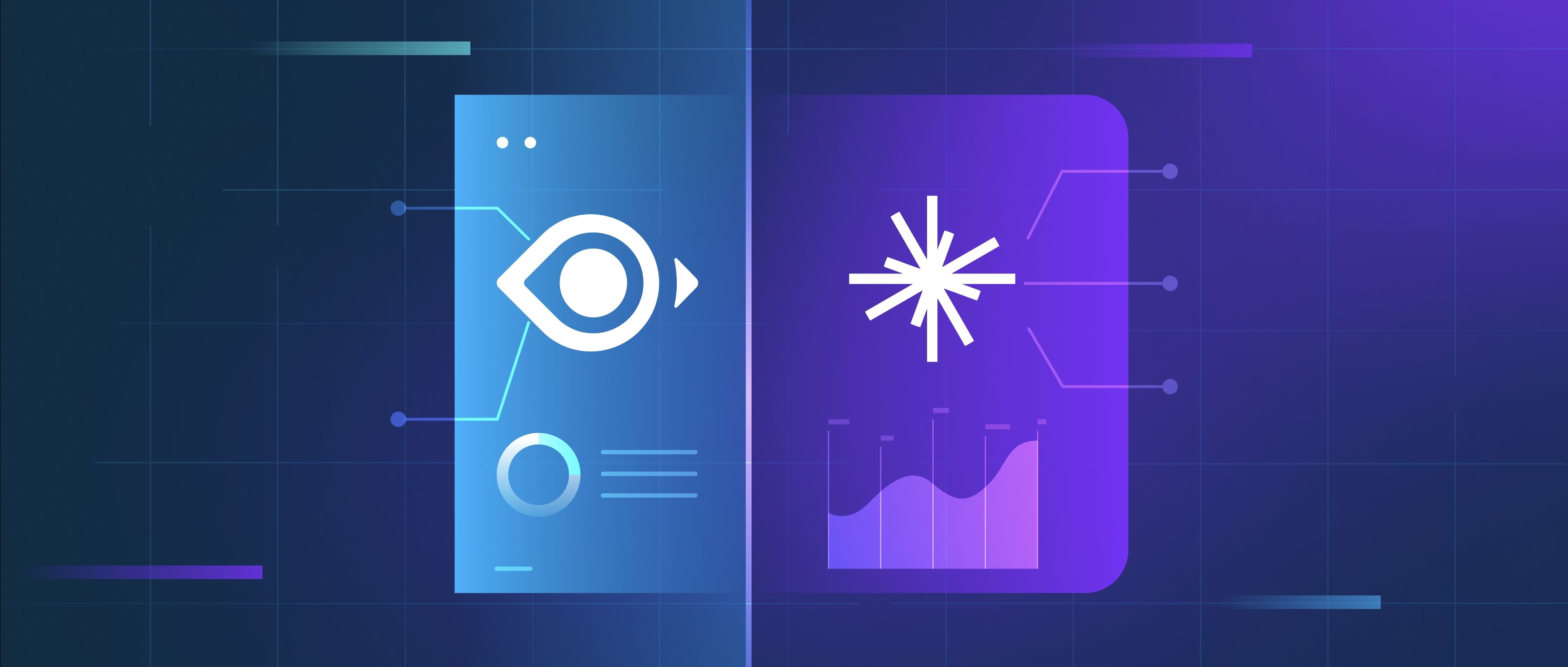When training a diffusion model, several hyperparameters are crucial for achieving optimal performance. Key among these are the noise schedule, learning rate, and batch size. The noise schedule determines how noise is added to the data at each diffusion step, impacting the model’s ability to learn the underlying data distribution. A well-designed noise schedule can help balance exploration and exploitation during training, which is essential for generating high-quality samples.
Another important hyperparameter is the learning rate, which controls how much the model's weights are updated during training. If the learning rate is too high, the model may converge too quickly, potentially overshooting the optimal solution and resulting in subpar performance. Conversely, a learning rate that is too low can lead to unnecessarily long training times and the risk of getting stuck in local minima. It is often effective to start with a moderate learning rate and adjust it through techniques like learning rate scheduling or using adaptive optimizers.
Batch size also plays a vital role in the training process. A larger batch size provides a more accurate estimate of the gradient, resulting in more stable training but may require more memory and computational resources. On the other hand, a smaller batch size might introduce more noise into the training process but can help regularize the model. The choice of batch size can significantly affect the training dynamics, so it's essential to consider the available hardware and adjust the batch size accordingly to achieve a good trade-off between training stability and resource consumption.
